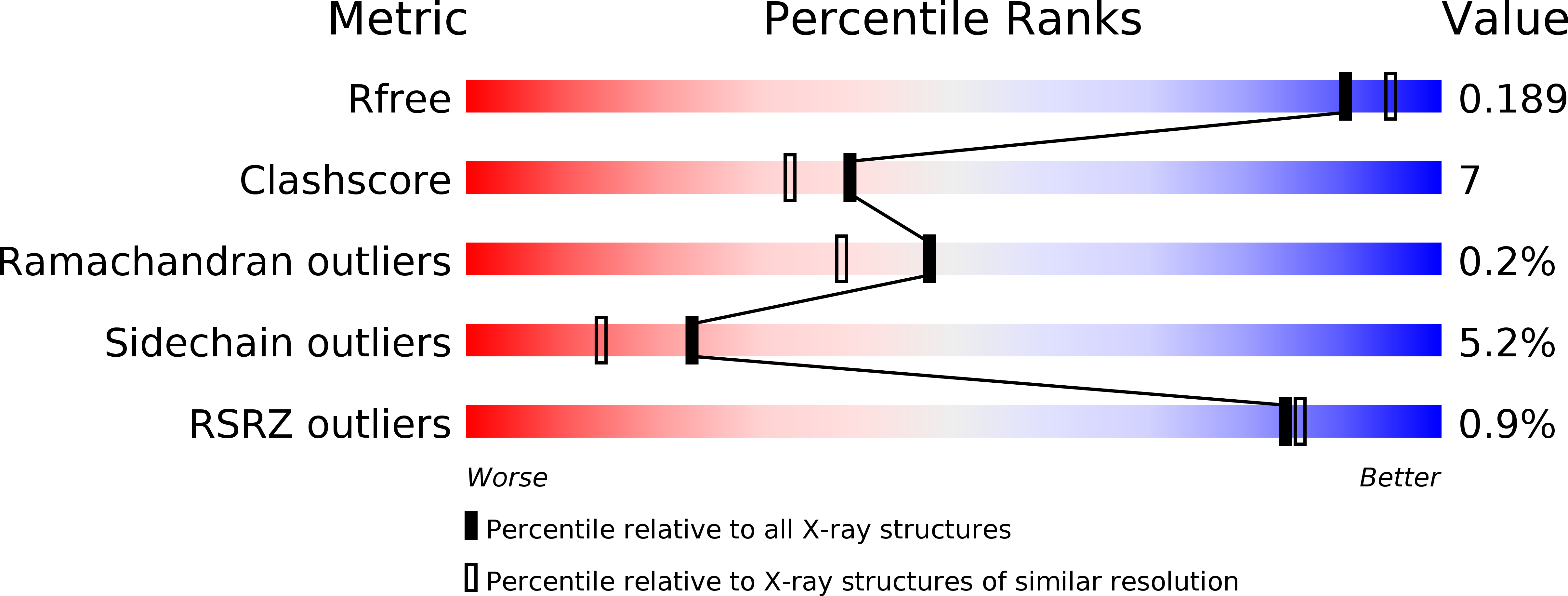
Deposition Date
1999-02-23
Release Date
1999-03-16
Last Version Date
2023-12-27
Method Details:
Experimental Method:
Resolution:
1.90 Å
R-Value Free:
0.20
R-Value Work:
0.18
R-Value Observed:
0.18
Space Group:
P 65 2 2


